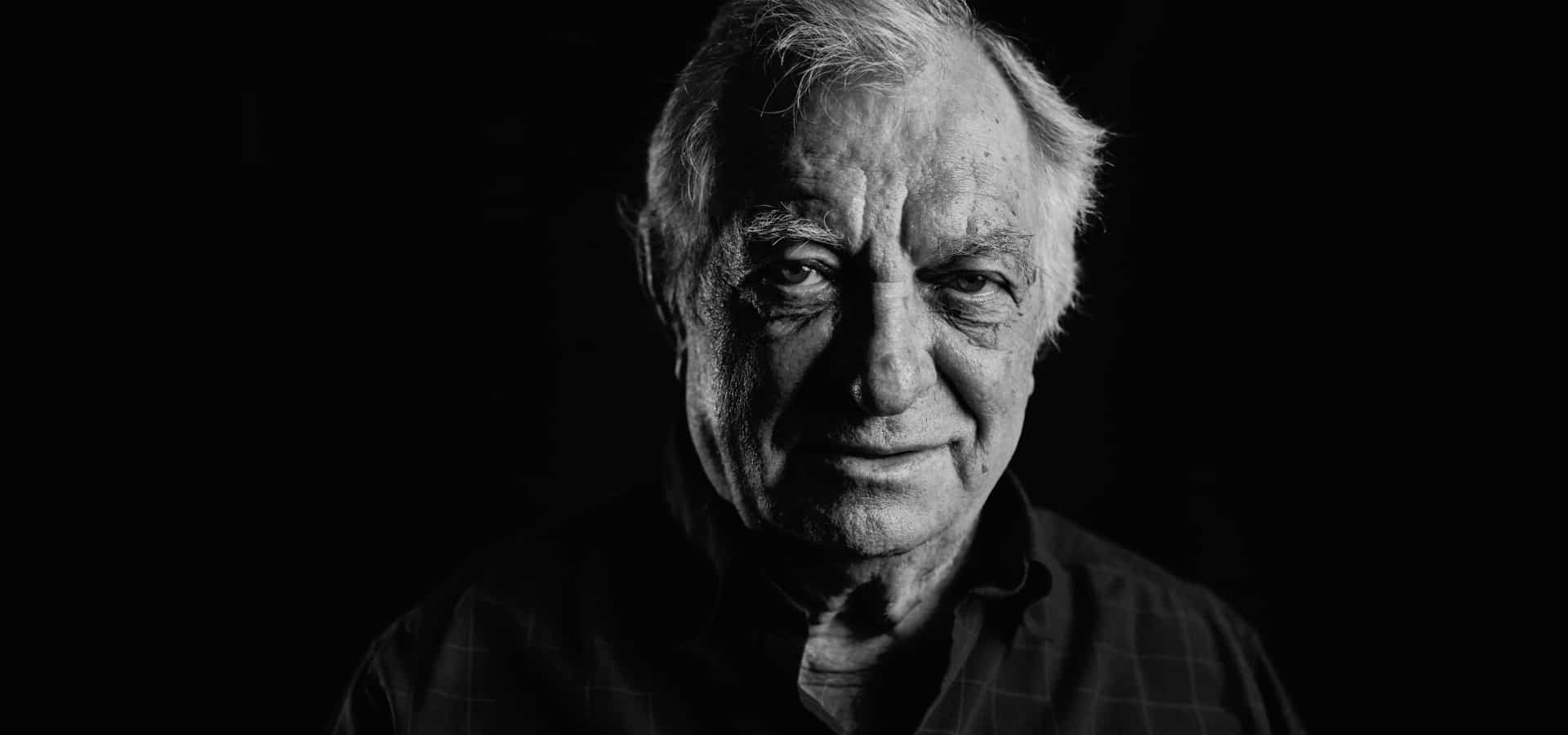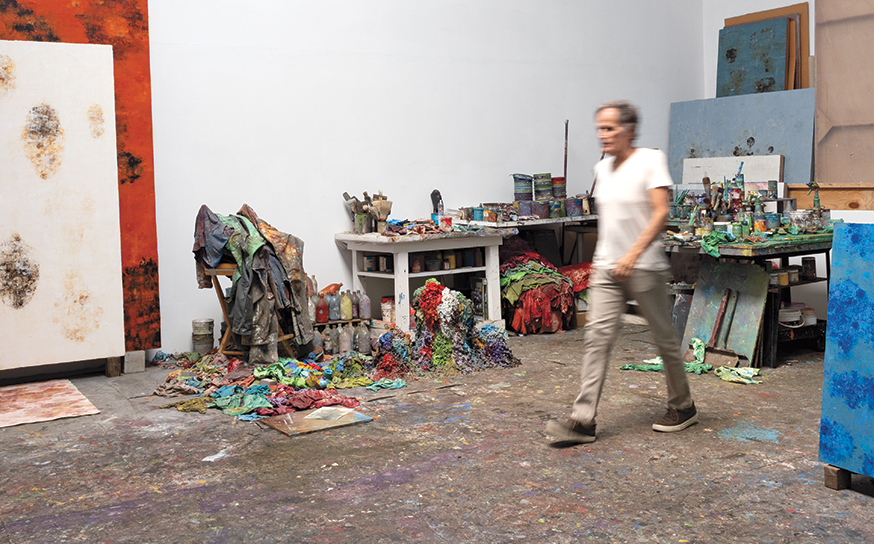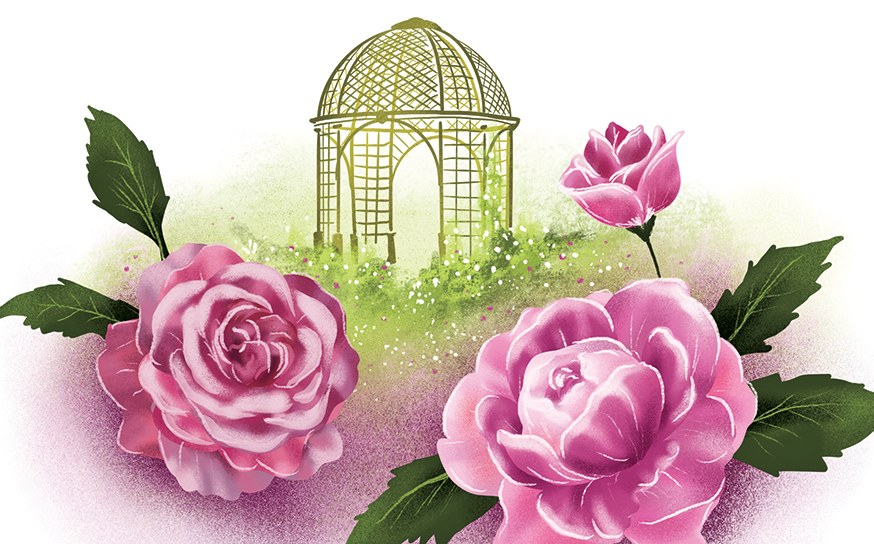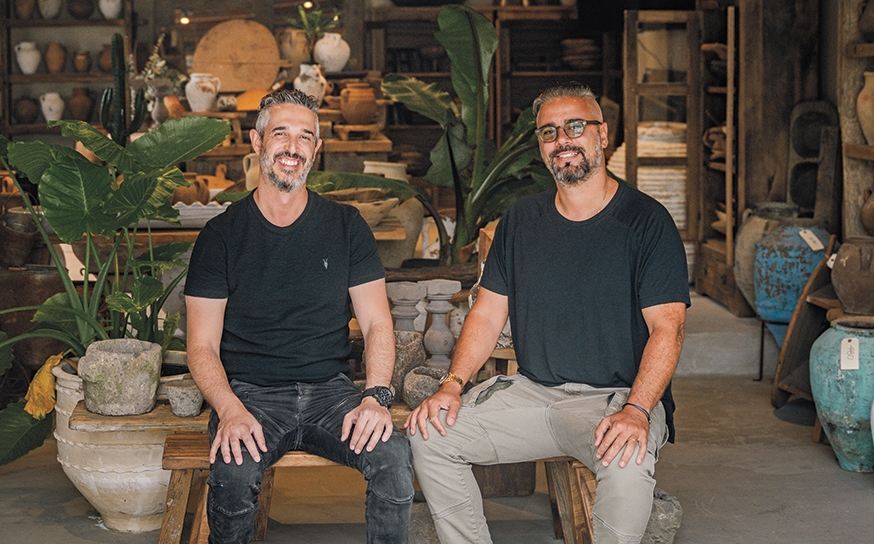Remember For Us
To commemorate this month’s Holocaust Remembrance Day, we highlight the stories of three Holocaust survivors living here in the Valley. As the last generation of survivors, they are committed to making sure the atrocities are not forgotten by future generations.
-
CategoryPeople
-
Written byRachel Heller Zaimont
-
Photographed byMichael Becker

By the time she was 11 years old, Dorothy Greenstein had lost more than most of us can imagine: her home, her winter clothes and shoes, her hopes of learning to play the piano—and finally, her parents and brother, all killed at Treblinka, the infamous Nazi death camp.
Dorothy spent her preteen years as a fugitive in the German-occupied Polish countryside, hiding in infested cellars and barns to evade Nazi dogs trained to sniff out Jewish escapees. The youngest of 10 siblings, she saw her family torn apart by prejudice, violence and war.
But there are some things Dorothy held onto through the Holocaust. To this day, at her core she is a moral woman—and she has a positive outlook. When the 87-year-old tells her story to young audiences now, she implores children never to use the word “hate.” After everything she has lived through, she tries to “always be optimistic, never pessimistic.”
“My father said, ‘You can always find something good about a person,’” recalls the spritely Valley Village great-grandmother.
“Concentrate on the good, not the bad. We must not lose faith in humanity because of some rotten apples in the world.”
— Sidonia Lax
As one of the last generation of Holocaust survivors, Dorothy feels a responsibility to educate the younger generation and pass on lessons she has gleaned from her experiences. Many other survivors—a large number of whom live in the Valley—share this sentiment. Survivors view Yom HaShoah, Holocaust Remembrance Day on April 11, as an opportunity to share the stories of aging Holocaust survivors firsthand.
“Survivors are dying out,” says Sidonia Lax, 90, a survivor and prolific speaker who lives in Sherman Oaks. “I believe you have to touch before you can teach, so that is my mission.”
For the past 10 years, Sidonia has participated in March of the Living, sharing her story with audiences from around the world at Holocaust sites in Poland.
At Auschwitz, she showed astonished students the bunk bed where she used to sleep. “When I face teenagers who know nothing about the Holocaust and are thirsty to learn, I realize what a great gift I can give them,” she says. “They lean to me like a plant toward light and I share my experiences with them.”
Sidonia was born in 1927 in Przemysl, Poland, the privileged only child of well-to-do parents. Despite growing up with maids and a governess, she and her family lived in squalor in the Jewish ghetto after the war started. In a forced labor roundup, the Nazis conscripted her to break rocks for construction.
Fourteen-year-old Sidonia was ashamed of the bulky muscles she built with her sledgehammer, but later on her strength saved her life.
Her parents and neighbors dug a bunker underground where they hid for three months, unable to bathe or change clothes. Her mother plotted an escape from the ghetto, but she was caught and taken away. A short time later, her father heard a rumor that someone had smuggled apples into the ghetto.
Determined to get one for his malnourished daughter, he left the bunker. He, too, never came back. “I lost my Daddy because of an apple,” Sidonia recounts.
Eventually captured and jailed, Sidonia was packed onto a cattle car and sent to a series of labor and concentration camps. She arrived at Auschwitz in 1944, where her head was shaved and she was tattooed on her left forearm. The numbers are still visible today.
Weeks later, still strong from her boulder-smashing job, she was selected to aid the German war effort. She helped build Bergen-Belsen and then worked in an ammunition factory, filling grenade shells. But as Allied forces closed in, she and the other prisoners were evacuated by train. The train—assumed to be carrying ammunition—was bombed. Her clothes on fire, Sidonia jumped from the burning car and rolled to safety in the grass.
The war ended two days later, but Sidonia had no one to return home to. In time she made her way to an uncle in Los Angeles, where she finished her education, worked as a medical lab technician and started a family. She now speaks about the Holocaust to politicians, veterans and students. “When you listen to a survivor, you become a survivor and you can teach the next generation,” she says.
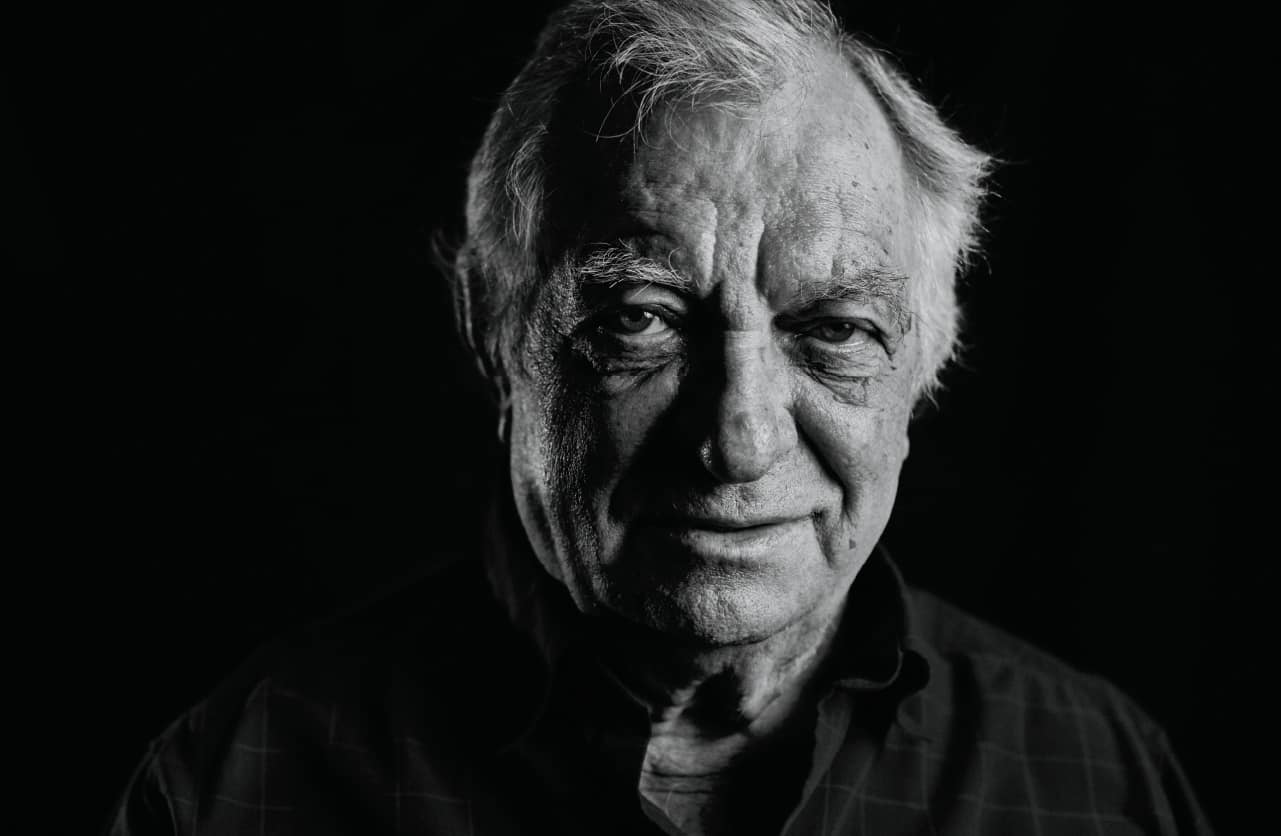
“The Holocaust is something you cannot explain. Talking brings back memories of misery you want to forget.”
— Abe Teitman
Abe Teitman believes in the same principle. The Tarzana resident was 6 when the Nazis arrived in his hometown of Lodz, Poland. As a child, he remembers wearing the mandatory gold star on his arm and seeing sacred torah parchment dyed and fashioned into clothing.
Abe’s parents fled the ghetto and took him on the run. They hid in the forest, eating leaves and grass. They sheltered in spare rooms and cellars. One day his father disappeared. He and his pregnant mother were forced to keep moving alone. “We had no idea where we would be from one day to the next,” he recalls.
The pair eventually arrived at the Russian border, where hundreds of Jewish refugees were camped out, hoping to evade the advancing Nazis. After a week the border was opened, and refugees streamed into Russia. But there was no relief for Abe and his mother. The duo wandered from village to village, traveling as far as Uzbekistan before they settled. There, Abe’s mother gave birth to a baby girl and died of typhus two months later.
Sent to a dangerous orphanage, Abe ran away and hitchhiked to Samarkand. He was 8 years old, starving and entirely alone. A Jewish stranger took him in and ushered him into a network of foster homes that sustained him through the end of the war. In 1948, Abe was sent to Israel with other orphaned children. Miraculously, he reunited with his little sister.
After marrying and moving to the U.S., Abe became a history teacher. Last year, at age 83, he finally had his bar mitzvah at Encino’s Nachshon Minyan congregation—finishing a chapter interrupted by the war seven decades earlier.
“The Holocaust is something you cannot explain,” says Abe. “Talking brings back memories of misery you want to forget.”
But when he told his story to an audience of teenagers at Nachshon Minyan, he found the words pouring out. “It helped them. It opens up their vision to learn what went on. It’s not easy to talk about, but they won’t know if I don’t tell them.”

“There are too many Holocaust deniers; kids need to hear it from the horse’s mouth.”
— Dorothy Greenstein
Dorothy speaks for that very same reason. “There are too many Holocaust deniers; kids need to hear it from the horse’s mouth,” she says. She has donated her time to the Museum of Tolerance and the Los Angeles Museum of the Holocaust—in addition to her 31-year career teaching grade school students at Emek Hebrew Academy in Sherman Oaks.
Education holds special importance for Dorothy. When the German army swept into her hometown of Otwock, Poland, they decreed that Jewish children could no longer attend school. But Dorothy was a quick study and attributes her survival to her language skills and plucky bravery—she spoke perfect Polish (along with the Yiddish spoken at home) and snuck out of the ghetto to buy her family food right under the Nazis’ noses.
When she speaks to children now, “Kids are amazed that I was so smart when I was their age,” she says. “I tell them they can also use their brains. I leave them feeling good and capable. They too can study, they can learn, they can remember things.”
Keeping the memory of the Holocaust alive is Dorothy’s greatest wish for teens. But she also wants them to grow up to be kind people. “I teach them to be courteous and do good things—to spread goodness all over. You’re responsible for your deeds.”
Sidonia, too, lives by principles forged during the Holocaust: Don’t waste food. Fight racism and reject discrimination. Enthusiasm and optimism can overcome any obstacle.
And finally, “Concentrate on the good, not the bad,” the great-grandmother says. “We must not lose faith in humanity because of some rotten apples in the world.”
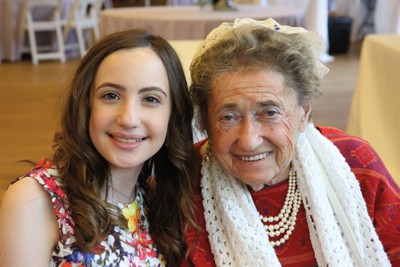
A Lesson for the Ages
An innovative program is aimed at facilitating communication about the Holocaust between young and old.
When 13-year-old Emma Blankstein met Dorothy Greenstein at a Holocaust Remembrance Day event at her synagogue last year, she formed a “life-changing” connection with the 87-year-old survivor.
“After listening to her story of how she survived one of the darkest times in our world’s history, I wanted to know more,” Emma recalls. “Dorothy is kind and generous—and funny—and we began meeting to talk about her life and my Jewish studies. I realized that my generation would be the last to have the opportunity to personally know a Holocaust survivor.”
Emma wanted to share the moving experience with other kids her age. In honor of her bat mitzvah, the Oakwood School eighth grader partnered with the Los Angeles Museum of the Holocaust to expand an innovative program called L’Dough V’Dough, which gives students and survivors a chance to bond over the experience of baking challah together.
After attending several L’Dough V’Dough events (the program’s name is a play on a Hebrew phrase meaning “from generation to generation”), Emma realized although kids were interested in hearing about the Holocaust, they weren’t always sure how to start a dialogue with survivors. So she created a box of conversation prompts to get the ball rolling: “What is a quote or phrase that you live by?” “What is your earliest childhood memory?” “Have you ever saved someone’s life, or has anyone saved yours?”
“Being surrounded by survivors is breathtaking,” says the Sherman Oaks teen, who is working to bring L’Dough V’Dough to more schools and religious institutions in the Valley. “It’s a piece of history that you get to personally hear from a witness. It’s inspiring to know how resilient and hopeful they were.”
And Emma is thankful for the encounter that started it all. “Dorothy always has a smile on her face. She has taught me so much.”
Painter and Sculptor Charles Fine Says Growing Up Valley is a Major Influence in His Art
Indelible impressions.
Join the Valley Community






